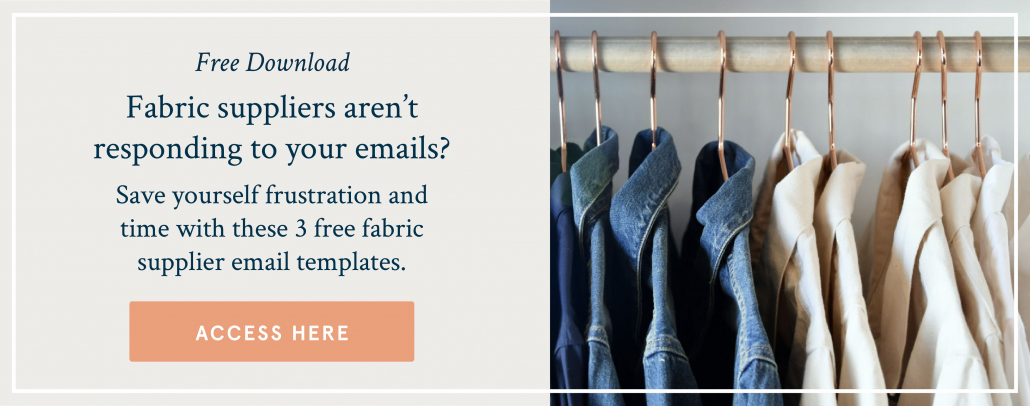If I polled an audience of startup fashion designers and asked them the number one business task they dread the most, I bet I could guess what most of them would say.
It’s not Google Analytics…
Or calculating costs…
Or managing a budget…
(Although I’m sure those are high on the list.)
The number one thing that most fashion entrepreneurs resist is:
Blogging.
I’m not talking about blogging as in being a “fashion blogger” and sharing your #ootd and styled outfits.
I’m talking about blogging as a strategic marketing tactic to attract an audience and create potential customers for your brand.
In other words, blogging as a means to sell your products.
I’ve done a lot of research on this and all of the experts agree,
Blogging is not going anywhere.
It is still an incredibly powerful tool to grow your brand presence, drive traffic to your landing page or online store and convert website visitors into paying customers.
If you’re not leveraging it for your business, then you’re doing yourself a disservice and that’s what I want to help you with today.
So, what in the world are you supposed to write about?
Let me first say that a blog post does not have to be written.
There are multiple mediums for blogging today, including audio and video, so if you don’t consider yourself a “good writer” you’re not off the hook!
The content you produce depends on which stage of business you’re in. For our purposes, I’m going to apply this to those of you who don’t have anything to sell yet.
Because yes, you should be marketing and building an audience before you have anything to sell. (But you already knew that, right?)
When brainstorming content ideas, the “winning topics” should fall under one of two categories:
- A personal post about you, your story, why you’re starting your brand and a behind the scenes look at building your business. It should be written in a way that connects with your ideal target customer (i.e. reader).
- An educational, entertaining or inspirational post that provides valuable content for your ideal target customer (i.e. reader).
That’s it — one of those two things.
The goal is for every blog post to either 1.) connect or 2.) provide value — in an ideal world, it does both.
Now, here’s the key to blogging:
Consistency.
Once a week, on the same day, you want to publish a new blog post and send it out to your email list and social media following.
The easiest way to make sure you’re consistent in this is to brainstorm content ideas in advance and to devise a system.
You can stay organized by creating an editorial calendar and a workflow spreadsheet.
The editorial calendar ensures that you have blog post topics lined up weeks in advance.
The workflow spreadsheet ensures that you know exactly what you need to do to optimize your new blog post every week.
If you’re still reading, then you’ve earned this…
You can access my Editorial Calendar template here and my Workflow Spreadsheet here.
Simply copy and paste the contents and put them into your own Google Drive spreadsheet.
Finally, and most importantly, how does blogging work to create customers?
By getting readers to sign up to your email list.
This is the number one goal for every piece of marketing content you create when you don’t have products to sell yet.
By growing your email list, you’re ensuring that when you do have something to sell you’ll have an audience to sell it to.
So, will you publish a blog post next week?


















